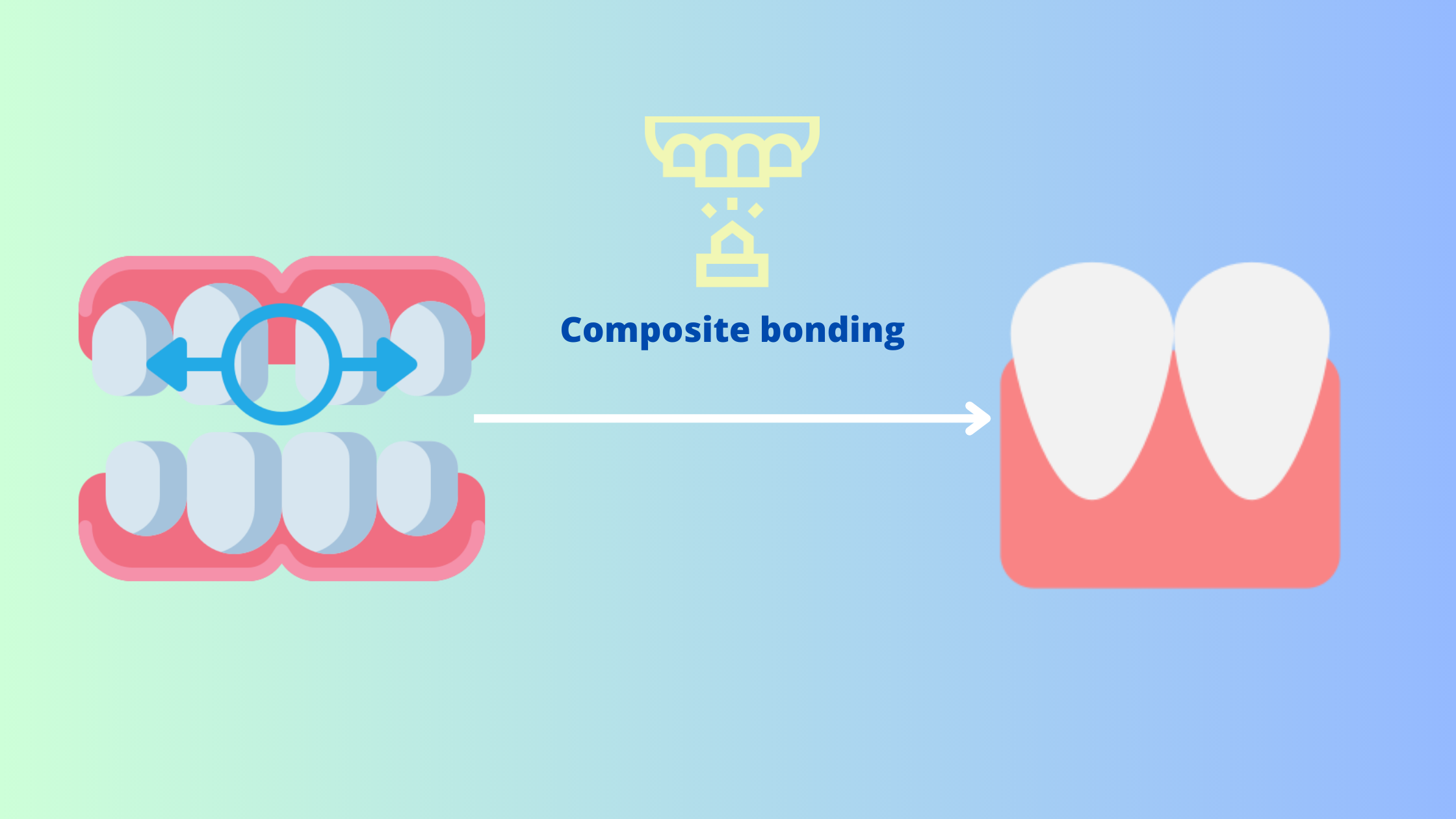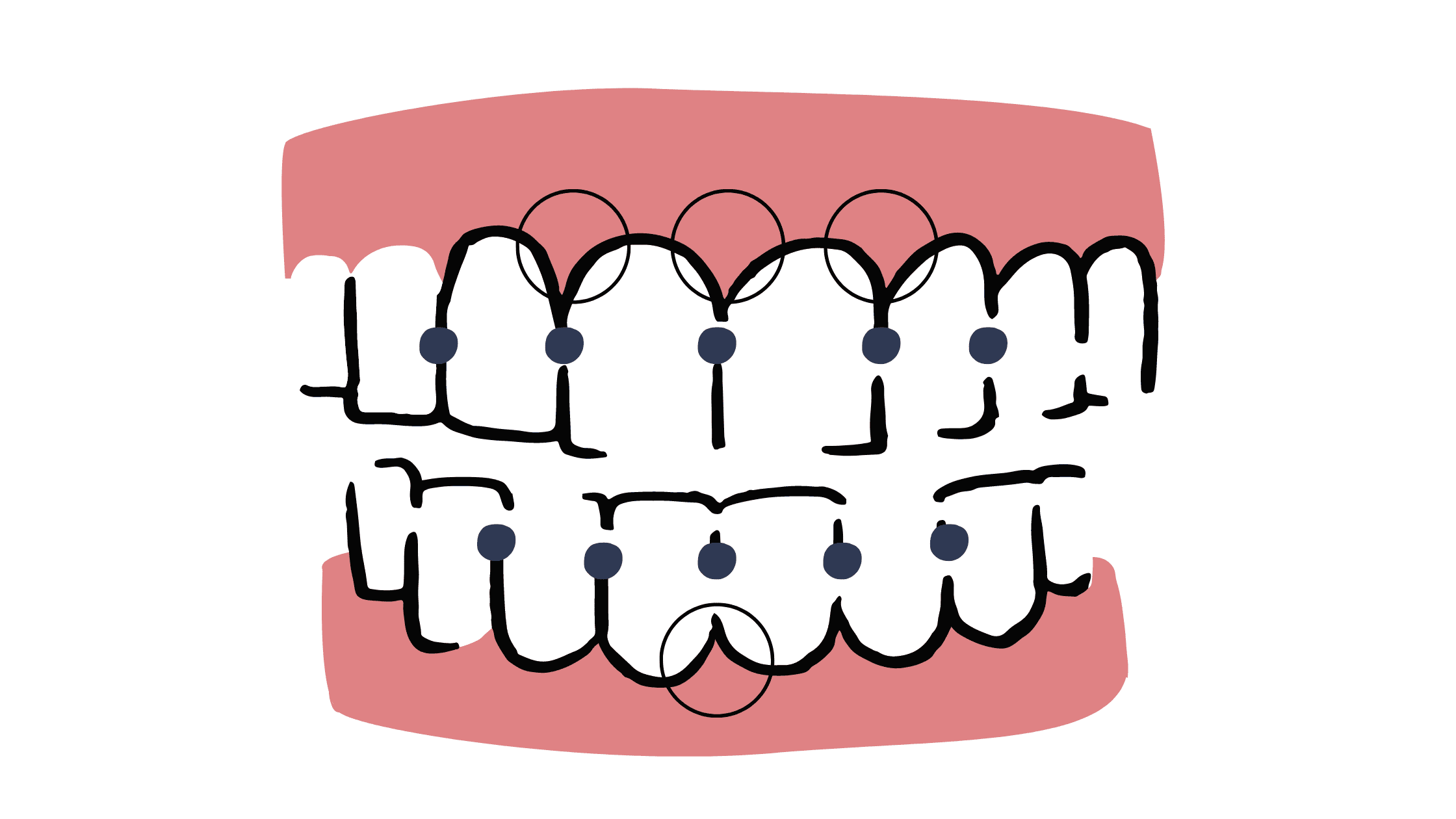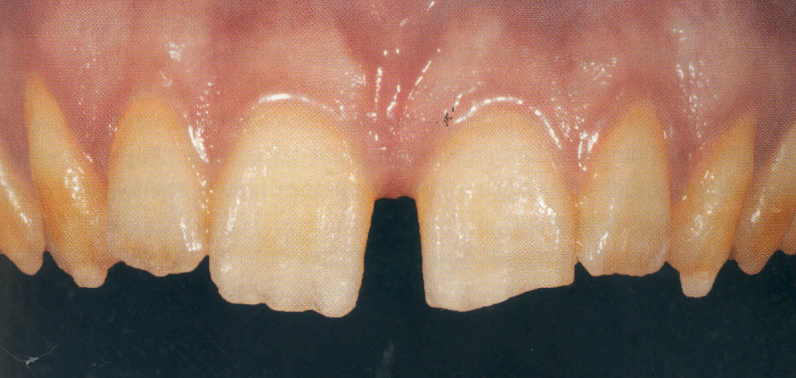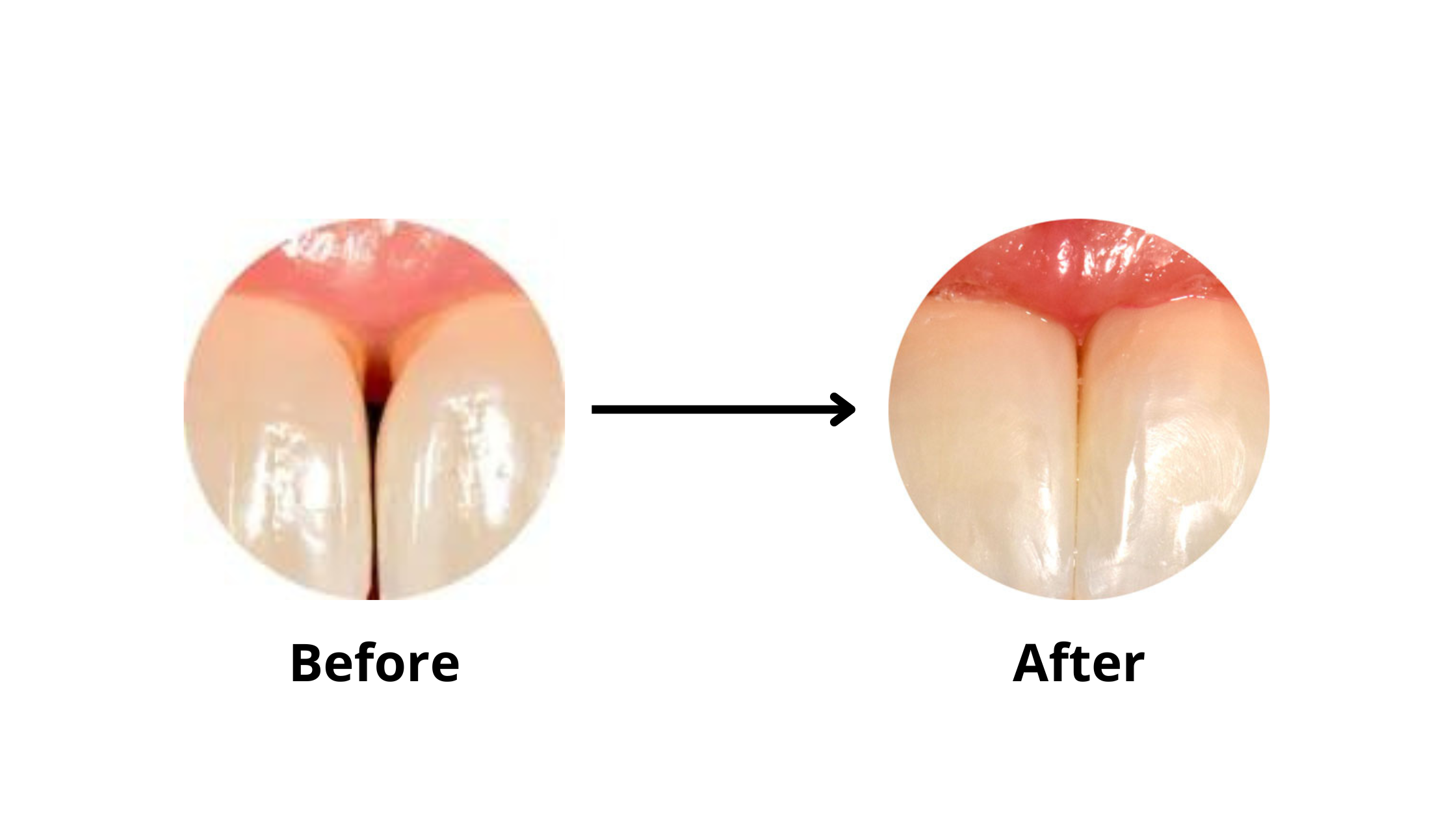How Dental Bonding Can Fix Gaps Between Your Teeth
 Gaps between teeth, especially the ones that show when you smile or talk, can be a real cosmetic concern.
Gaps between teeth, especially the ones that show when you smile or talk, can be a real cosmetic concern.
The good news? Dental bonding using a tooth-colored material called composite can deliver amazing results in just one visit. The procedure is quick, painless, and affordable.
Keep reading to learn what causes these gaps, how bonding can close them effectively, and what other treatment options are available.
In this article:
What Causes Gaps Between Teeth?
When Are Gaps Between Teeth Considered Normal?
Common Dental Conditions Associated with Gaps Between Teeth
How Can Dental Bonding Fix Gaps Between Your Teeth?
Are You a Good Candidate for Dental Bonding?
Other Alternatives to Dental Bonding
What Causes Gaps Between Teeth?
Gaps between teeth appear when the teeth no longer touch each other properly or when the gums recede.
Normally, your teeth touch each other at specific areas called contact points. Just below these contact points, the gums form a small triangle-shaped tissue known as the papilla, which fills the space between the teeth.
When the teeth are too far apart—like in cases of diastemas—or when the papilla is too short or has receded, the space between your teeth becomes more noticeable and can look unattractive.
When Are Gaps Between Teeth Considered Normal?
Gaps between teeth aren’t always a problem—and they don’t always need treatment. In fact, many people naturally have small spaces between their teeth that don’t affect their smile or cause any hygiene concerns.
If you naturally have short papillae or your teeth are more triangular in shape, it’s perfectly normal to notice small gaps between them.
People with small, narrow teeth also tend to have these gaps.
However, gaps can become an issue if they make you feel self-conscious or if they trap plaque, making it harder to clean your teeth properly. Over time, this can increase your risk of tooth decay and gum disease.
Common Dental Conditions Associated with Gaps Between Teeth
Several factors can contribute to gaps between teeth. Here are some of the most common:1. Diastemas
A diastema is a gap between two teeth, usually the front ones. It often occurs when there’s a mismatch between the size of your teeth and your jaw—typically when the teeth are too small for the jaw.
It can also be caused by habits like thumb sucking, tongue thrusting, or even a frenulum (a piece of tissue) that prevents teeth from closing together properly.
2. Triangular Tooth Shape
Sometimes, the teeth next to the gap are shaped like triangles or are smaller than usual. This makes them touch at the tip but leave space near the gum line, creating visible gaps that look like black triangles.
3. Receding Gums
When gums recede, they pull away from the teeth, exposing the roots. If the gums between the teeth is also receding, they can create gaps known as black triangles.
4. Crowded or Misaligned Teeth
Crowded or overlapping teeth can also lead to gaps. This happens because crowding can affect the thickness and shape of the gums around the teeth.
How Can Dental Bonding Fix Gaps Between Your Teeth?
Dental bonding is often the first-line option for closing gaps between teeth. That's because it’s affordable, painless, and offers instant results, especially when compared to treatments like veneers or braces.The procedure is quick and usually done in just one visit.
Your dentist starts by roughening and etching the surface of your teeth to help the bonding material stick better. Then, they’ll choose a shade of composite resin that closely matches the natural color of your teeth.
Next, the material is directly applied to the areas where gaps exist and then shaped and smoothed.

Are You a Good Candidate for Dental Bonding?
You are a good candidate for composite bonding if:- The gaps between your teeth are small or moderate
- Your teeth are well aligned or only slightly crowded
- Your teeth are healthy or have only minor damage
However, if your teeth are severely crowded or misaligned, you may need an orthodontic treatment with braces or clear aligners to correct the issue first.
Also, if your teeth are stained or dark, it’s better to whiten them before bonding. That’s because the bonding material is matched to your current tooth color and doesn’t change once applied.
There are a few factors you should know about that can impact the long-term success of composite bonding.
- Poor oral hygiene.
- Smoking or overconsuming pigmented foods and drinks like coffee, red wine, or chocolate. These can stain the composite material over time.
- Severe tooth damage or extensive decay. In this case, a stronger solution like a dental crown may be required.
Other Alternatives to Dental Bonding
If dental bonding isn’t the right fit for your needs, other treatments can help close gaps and improve your smile—such as orthodontics, veneers, or crowns.| Porcelain Veneers | Composite Bonding | |
|---|---|---|
| Pros | Long-lasting | Less expensive |
| Stain-resistant | Can be completed in one visit | |
| Highly customizable | Less tooth reduction | |
| Cons | Expensive | Less durable |
| Irreversible | May require touch-ups | |
| Requires tooth reduction | May stain over time |
Orthodontic Treatment
This approach works by gradually moving your teeth into the correct position, which can naturally close gaps. While orthodontics usually takes longer than bonding to show results, it’s the most effective solution for severe alignment issues or bite problems.
Veneers
Veneers are thin, custom-made shells—usually made of porcelain or composite—that cover the front surface of your teeth. They can change the shape, size, and color of your teeth and are often used to close gaps.
However, unlike bonding, veneers:
- Usually require 2 visits
- Are more expensive
- Involve removing a small amount of tooth enamel
Dental Crowns
Also called caps, crowns are used to restore teeth that are badly damaged or decayed. They cover the entire tooth and can also improve appearance and shape by closing gaps.
Takeaway
Dental bonding is a quick, minimally invasive way to close small gaps between teeth, restore their natural shape, and enhance your smile.It’s also a reversible solution for minor cosmetic concerns, meaning it can be repaired or adjusted at any time without affecting your natural teeth.